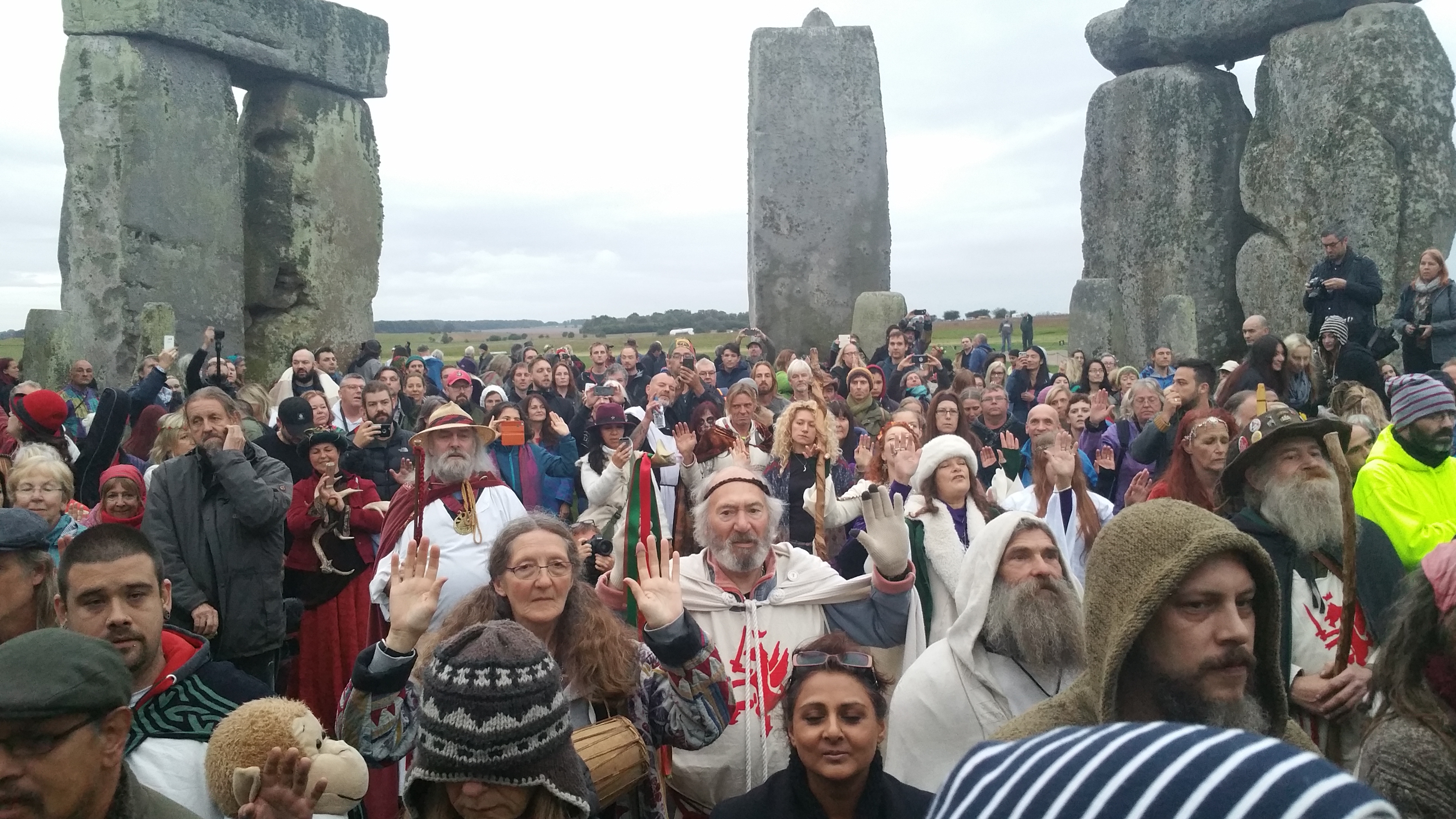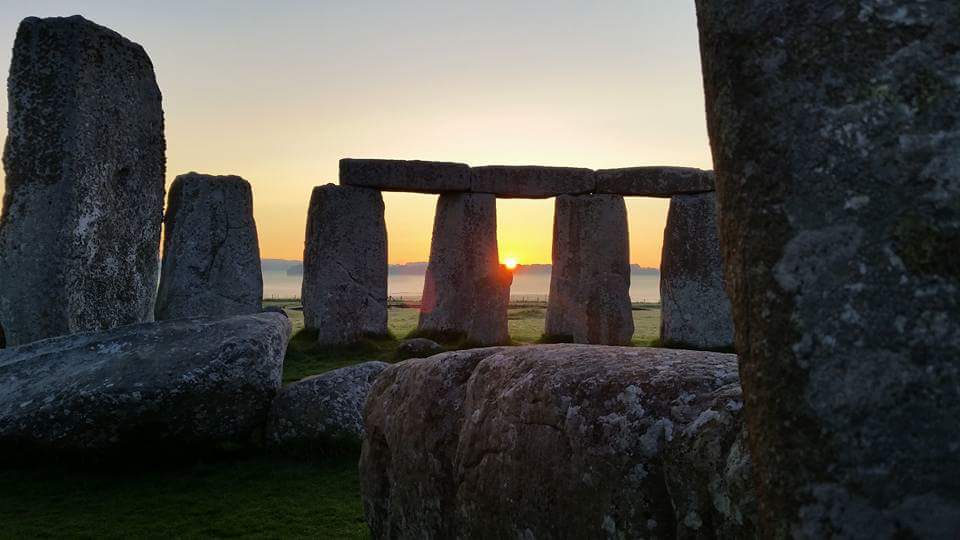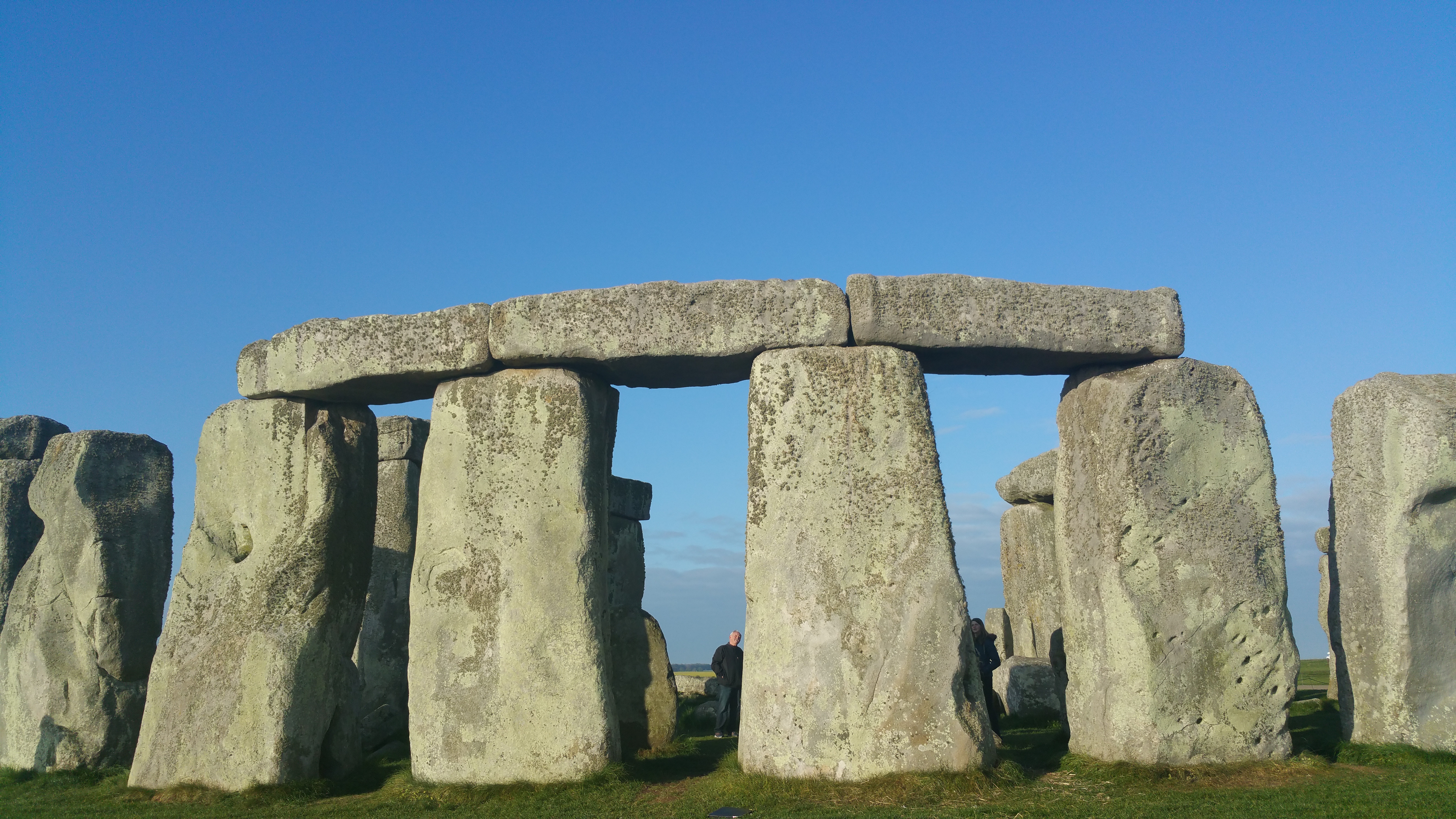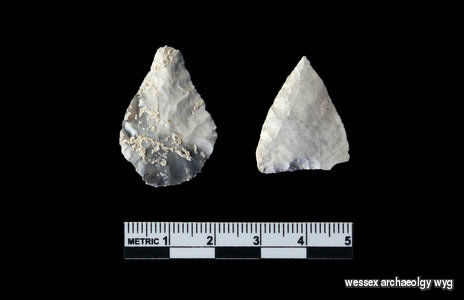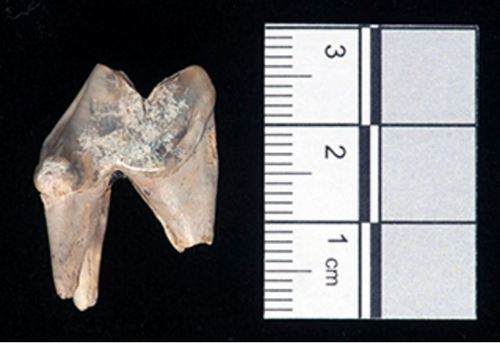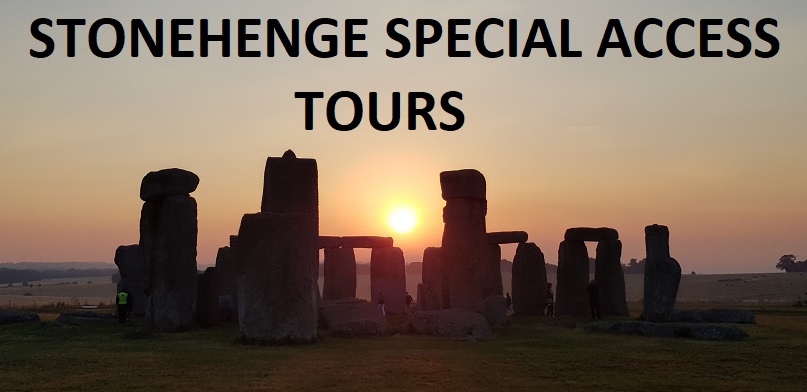All kinds of ancient artefacts have been found at the A303 site. Recent excavation has uncovered late Neolithic and Bronze Age artefacts and human remains
The Guardian reports that archaeologists have examined some 1,800 test pits and more than 400 trial trenches along the path of the proposed controversial two-mile A303 tunnel at Stonehenge. The A303 road, which currently runs close to Stonehenge, will in future enter a 3km long dual-carriageway tunnel that passes through part of the ancient site, removing any vehicles from the view of visitors.
A Neolithic burial site, a mysterious Bronze Age C-shaped enclosure and ancient tools and pottery have been found by archaeologists carrying out work at the proposed new road tunnel at Stonehenge.
Wessex Archaeology’s investigations uncovered evidence of human activity dating back more than 7,000 years at the planned A303 Amesbury to Berwick Down Scheme sites.
Archaeologists have put in a huge amount of work into preliminary investigations, including more than 462 hectares of geophysical survey and 440 evaluation trenches.
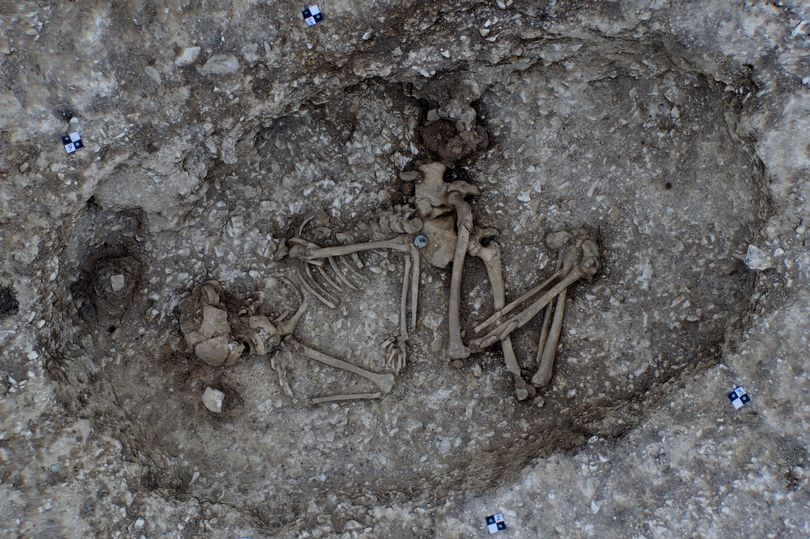
One of the most fascinating discoveries is a small shale object – found in the grave of a female in her 20s or early 30s.
The burial dates to the Beaker period, around 4,500 years ago, when new types of pottery and other objects appear in Britain. This period also saw the building of some of the bluestone circles at Stonehenge.
“It’s a unique object: we have never seen one before,” says Dr Matt Leivers, A303 consultant archaeologist at Wessex Archaeology.
“Although not hugely significant, we can only speculate about what it was – it may have been a ceremonial cup purposefully damaged before it was laid in the grave, or it may be the cap off the end of a staff or club.”
Nearby pits from the same period were found to contain other traces of human activity, including fragments of pottery, worked flint for tools, and animal bones.
Archaeologists also discovered tiny ear bones from a young infant in one of the pits, buried alongside a plain Beaker.
Elsewhere, a C-shaped enclosure dating to the late Bronze Age is thought to have been an area for industrial working, due to the density of burned flint contained in the soil around it.
The investigations have informed the main archaeological fieldwork, due to begin on site in late spring this year. The main phase of fieldwork will involve around 100-150 archaeologists and last approximately 18 months ahead of construction starting on site in 2023.
Andy Crockett, A303 Project Director at Wessex Archaeology says:
“We’ve done a huge amount of initial work which has been extremely thorough – more so than any site I’ve worked on in my 40-year career – reflecting the sensitivity of this site. We now have a very clear idea of what we expect to find in the upcoming main fieldworks. Everything we find will be processed, conserved and analysed by the specialists in our Research department. We’ll also be drawing on the expertise of our partners in the archaeological sector, so that we make sure that the best possible outcomes are achieved for the archaeology.”
Ultimately, all finds will be delivered to Salisbury Museum to be displayed to the public.
David Bullock, A303 Project Manager, Highways England, says:
“It is a scheme objective to conserve and enhance the World Heritage Site and this is being achieved through close collaborative working with heritage groups, the independent A303 Scientific Committee, and our archaeology contractors Wessex Archaeology, who have an extensive track record of work in connection with the Stonehenge landscape.
“The route itself has been designed to ensure there are no direct impacts on scheduled monuments and the amount of archaeological survey and mitigation work is unprecedented because, in recognition of the significance of the WHS, the surveys are over and above what would have usually been done at this stage of a highway project.
“As part of the extensive archaeological surveys to date, we have uncovered some interesting but not unexpected finds, and we are now preparing plans with Wessex to start further archaeological excavation work later this year. This will be monitored on site by Wiltshire Council Archaeology Service, and members of the independent A303 Scientific Committee and A303 Heritage Monitoring and Advisory Group.”
Stonehenge References:
Archaeologists unearth bronze age graves at Stonehenge tunnel site – The Guardian
A303 Stonehenge evaluation works uncover glimpses of prehistoric life – Wessex Archaeology
Archaeologists unearth Neolithic graves at Stonehenge tunnel site – Somerset Live
Bronze Age graves and Neolithic pottery discovered near proposed new road tunnel could shed light on makers of the stone circle – The Daily Mail
Discoveries at Stonehenge highlight controversial new tunnel’s threat to heritage – The Art Newspaper
Stonehenge tunnel discovery: Ancient civilisation evidence found under A303 – The Express
Bronze Age Graves Uncovered At Stonehenge During Tunnel Excavations – Ancient Origins
Stonehenge Archaeology Guided Tours – Stonehenge Tour Company
Lost Bronze Age graves discovered at Stonehenge tunnel site after 4,000 years – The Sun
Scrap Stonehenge road tunnel plans, say archaeologists after neolithic discovery – The Guardian
Stonehenge Walking Tours – Stonehenge Guided Tours
The Stonehenge News Blog
Follow us on Twitter and Facebook for all the latest Stonehenge News
http://www.Stonehenge.News
